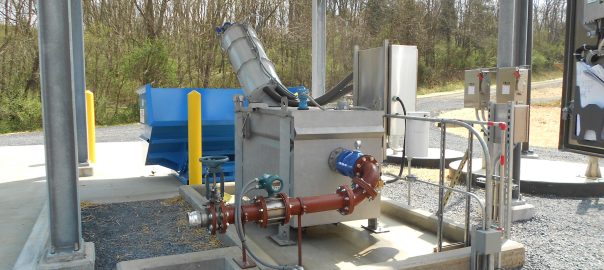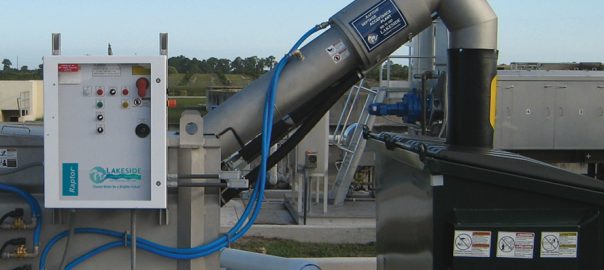
Since government water quality standards were required, water is nothing like your ancestors experienced. Still, there are improvements that can be made. Using data and technology, wastewater treatment engineers continue to make strides to ensure that people throughout the world have clean, safe water.
A Brief History of Water Treatment Practices
Civilizations like Ancient Greece, Ancient Egypt, and Mesopotamia all strived to dispose of human waste to keep water sources clean. In the United States, Hans Christopher Christiansen helped launch the nation’s first public water department in Pennsylvania in 1755.
Baltimore, Maryland, and Boston, Massachusetts, were the first two cities to create municipal water treatment plants. Diseases like cholera were running rampant. These did not come into fruition until the mid-1800s. It wasn’t until the 1910s that chlorine was used to sanitize water. World War II led to new discoveries on treating water to make it clean and safe.
Surprisingly, despite the advancements, the U.S. government did not pass the Safe Drinking Water Act until 1974. At this point, tests were used to make sure the levels of certain contaminants were monitored and maintained.
Understanding How Wastewater is Processed
Wastewater is the water that travels through sewers or is trucked in after septic tank cleanings. It comes from washing machines, dishwashers, sinks, bathtubs, showers, and toilets. In a sewer, it also contains water that drains from streets on a rainy day or when the snow melts.
Wastewater contains everything from soap and cleaners to food scraps and human waste. It can be the water that comes from an industrial setting like a paper mill or manufacturing plant. For this water to be reused or returned to lakes and streams, it needs to be filtered and cleaned.
Cleaning wastewater requires multiple steps. First, the solids need to be filtered out. The remaining water, known as effluent, continues going through smaller and smaller screens that keep filtering the grit. That grit is disposed of in landfills and other facilities that can process it.
Aeration adds oxygen that can help break down gases and assist materials in the effluent as they decompose. This secondary step continues to help get rid of grit and other materials.
The third step is to help separate the sludge and scum from the wastewater. Sludge settles at the bottom is moved to digesters. Scum, such as oils and plastic materials, float to the top of the tank where mechanical rakes remove them.
Filtration is a fourth step that helps remove bacteria by running the wastewater through sand or carbon filters. In addition to removing bacteria from the water, iron is also removed.
In the final step, the filtered water is moved to tanks where chlorine helps kill off any remaining bacteria. As the chlorine destroys remaining bacteria, it also breaks down leaving minute traces of the chemical. At this point, it’s ready to enter rivers and become part of a natural water source again.
How Do Data and Technology Help?
Computers have become an important component in wastewater treatment. Not only do they help with research and data, but they also run the CAD software that can help design the right system for your needs. Once the blueprints are in place, you’ll be able to pick the equipment you need. Field engineers have the training and hands-on experience to make sure installations of entire systems go smoothly. If there are hiccups, the engineers are on-hand to figure out and implement a solution.
The EPA maintains the Industrial Wastewater Treatment Technology Database to make it easy to find Clean Water Act rules and guidelines. This resource helps make it easy to research the latest advancements, which can help companies hone their wastewater practices. You can search by topic, industry, pollutant, technology, or download the entire database.
Technology alone has led to many advancements in productivity and operational costs. Wastewater treatment systems of the past relied on humans to manage many of the controls and processes. While today’s computers can adjust the flow rate of wastewater and clean screens, humans once had to carefully monitor and manage those aspects.
Motorized rake systems remove oils, plastics, and other trash now, but humans used to have to rake these materials out. Screens are cleaned automatically. Computers can take readings, store them for management to use, and this makes it easier to manage overall costs and expenses.
Lakeside Equipment has been helping with wastewater treatment since 1928. Engineers and other wastewater specialists work with companies to create effective water treatment systems. The company can keep operating costs down and ease maintenance and repair requirements. Complete the online form to talk to a customer service representative.





